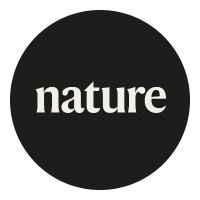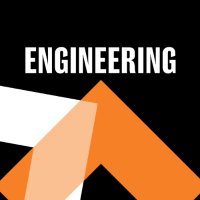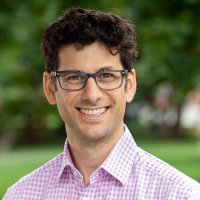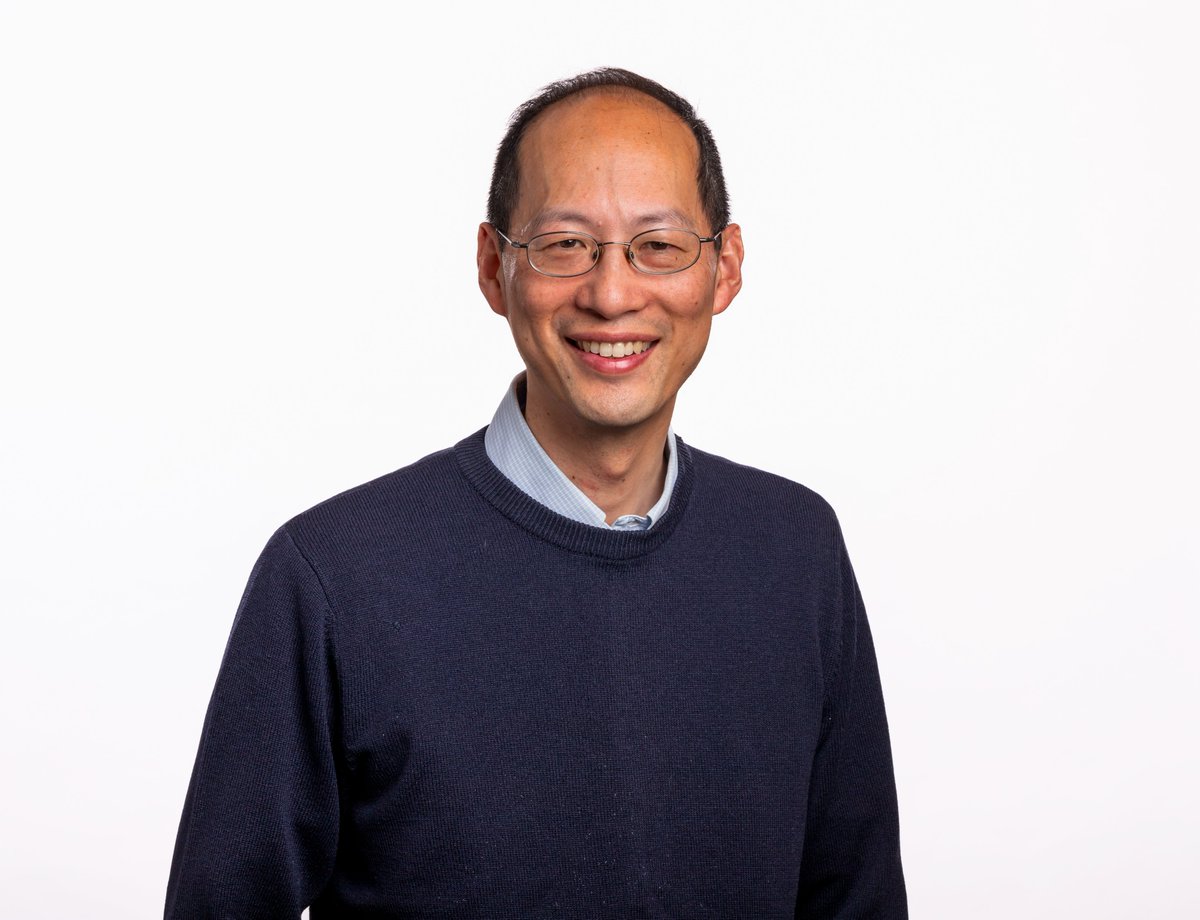
Princeton Neuroscience Institute
@princetonneuro
Discoveries and developments from the Princeton Neuroscience Institute.
ID: 1431341414
https://linktr.ee/princetonneuro 15-05-2013 19:33:04
1,1K Tweet
7,7K Followers
315 Following


This groundbreaking research was co-led by Princeton Neuroscience Institute’s Sebastian Seung: bit.ly/3RLXKfW



This research by Sebastian Seung and his collaborators, including its spellbinding visuals, was featured in The New York Times this week. The team charted the activity and structure of 200,000 cells in a mouse brain. ⬇️ nytimes.com/2025/04/09/sci…

It took more than a decade to trace the 130,000 connections in a fruit fly's brain. With the map in hand, researchers are turning to the next step in connectomics: building simulations. By Laura Dattaro thetransmitter.org/connectome/con…


🎉 Congrats to PNI’s Jonathan Cohen, Tom Griffiths (Griffiths Computational Cognitive Science Lab), and Ken Norman (Norman Lab) for being awarded Princeton Engineering Innovation Grants! Their projects bridge neuroscience, AI, and quantum modeling to understand how the brain learns, perceives, and decides.

In 1981, Princeton University's John Hopfield received an NSF grant (~$300K) for the, then, obscure field of artificial neural networks. Today, that research powers a multibillion dollar AI economy and earned him a Nobel Prize. npr.org/2025/05/08/nx-…

🎉Congrats to NEU undergraduate Jeffery Chen '25 and PNI grad student Serene Dhawan, who were both recognized for their outstanding ability to communicate complex science at Princeton University Research 10th annual Princeton Research Day! pni.princeton.edu/news/2025/neur…

New op-ed in nature: The Trump administration's assault on freedoms and the rule of law is an existential threat to US science. We urge scientists to speak out in defense of freedoms, not just funding. With Andrea Liu Penn and Sidney Nagel of The University of Chicago nature.com/articles/d4158…


Nice story today in the The Daily Princetonian on the Chris Chang Lab and their work on “Metals, molecules, and medicine: chemical biology’s influence on health and sustainability.” Read it here: bit.ly/4miZzPw



1/ Excited to share our recent work in #ICML2025, “A multi-region brain model to elucidate the role of hippocampus in spatially embedded decision-making”. 🎉 🔗 minzsiure.github.io/multiregion-br… Joint w/ FieteGroup Jaedong Hwang, Brody Lab, Princeton Neuroscience Institute ⬇️ 🧵 for key takeaways




“Like a group of skiers descending a mountain, each [neuron] prefers a slightly different path, but all are shaped by the same slope,” says Princeton University’s Tatiana Engel on her lab’s new nature study of how the brain makes decisions. 📰: pni.princeton.edu/news/2025/all-…
![Princeton Neuroscience Institute (@princetonneuro) on Twitter photo “Like a group of skiers descending a mountain, each [neuron] prefers a slightly different path, but all are shaped by the same slope,” says <a href="/Princeton/">Princeton University</a>’s <a href="/EngelTatiana/">Tatiana Engel</a> on her lab’s new <a href="/Nature/">nature</a> study of how the brain makes decisions.
📰: pni.princeton.edu/news/2025/all-… “Like a group of skiers descending a mountain, each [neuron] prefers a slightly different path, but all are shaped by the same slope,” says <a href="/Princeton/">Princeton University</a>’s <a href="/EngelTatiana/">Tatiana Engel</a> on her lab’s new <a href="/Nature/">nature</a> study of how the brain makes decisions.
📰: pni.princeton.edu/news/2025/all-…](https://pbs.twimg.com/media/Gt0pV_MWwAAJ5mQ.jpg)



